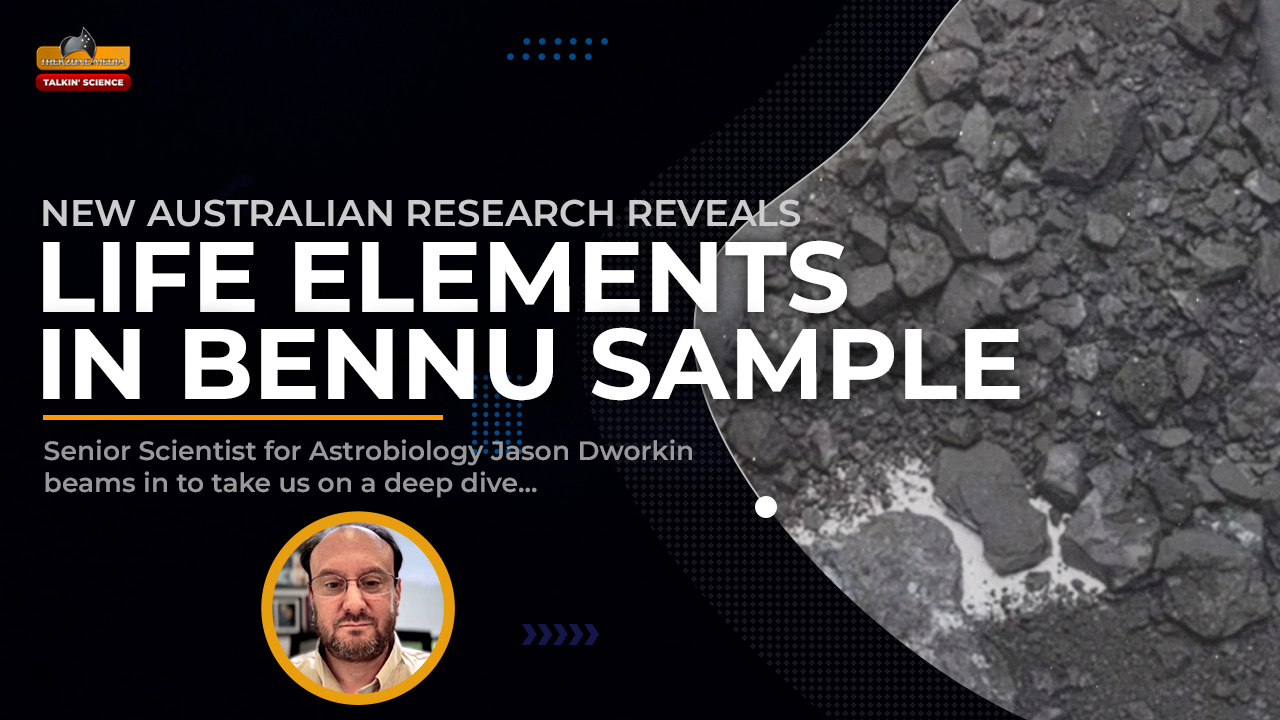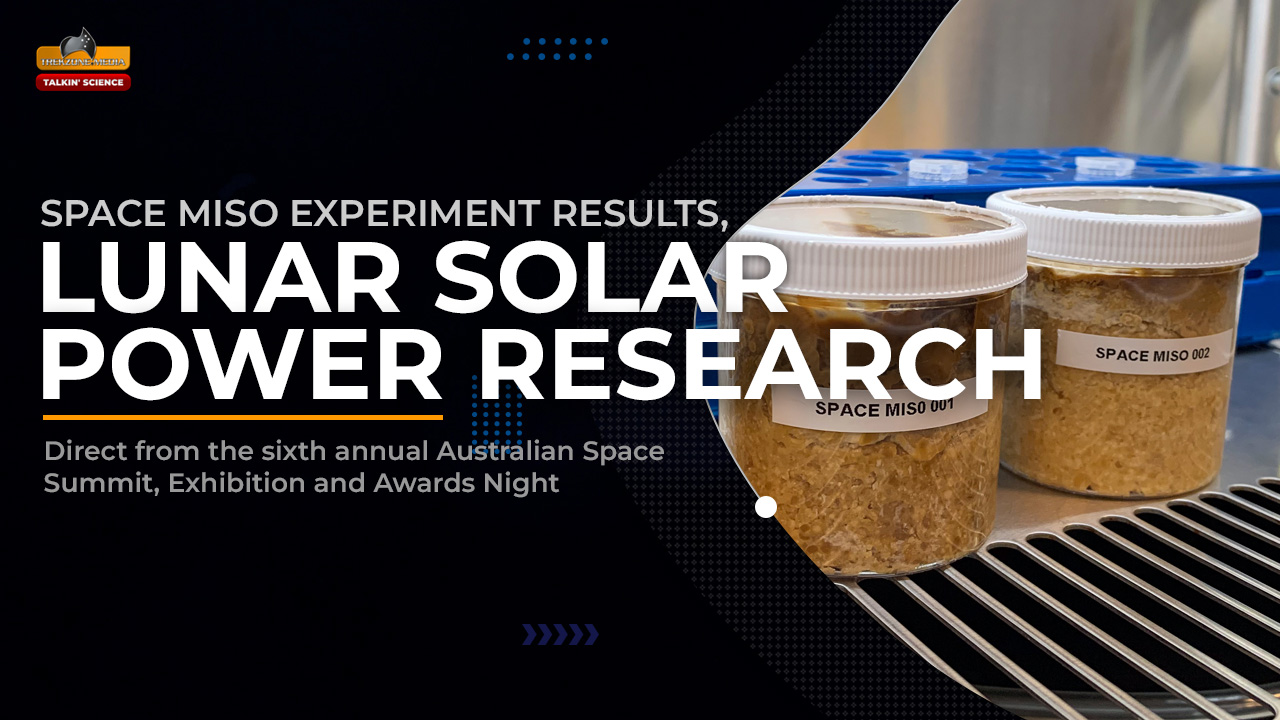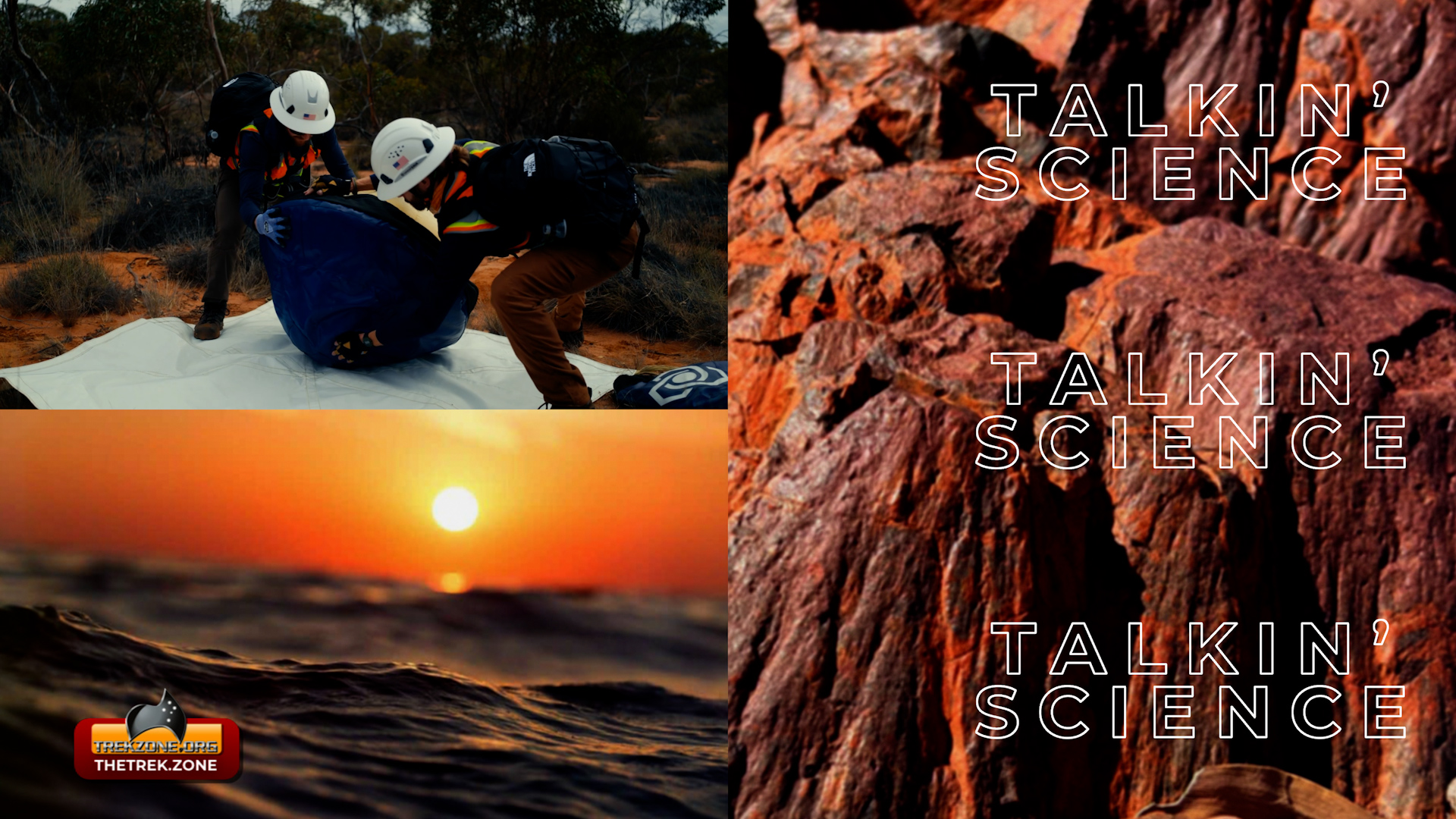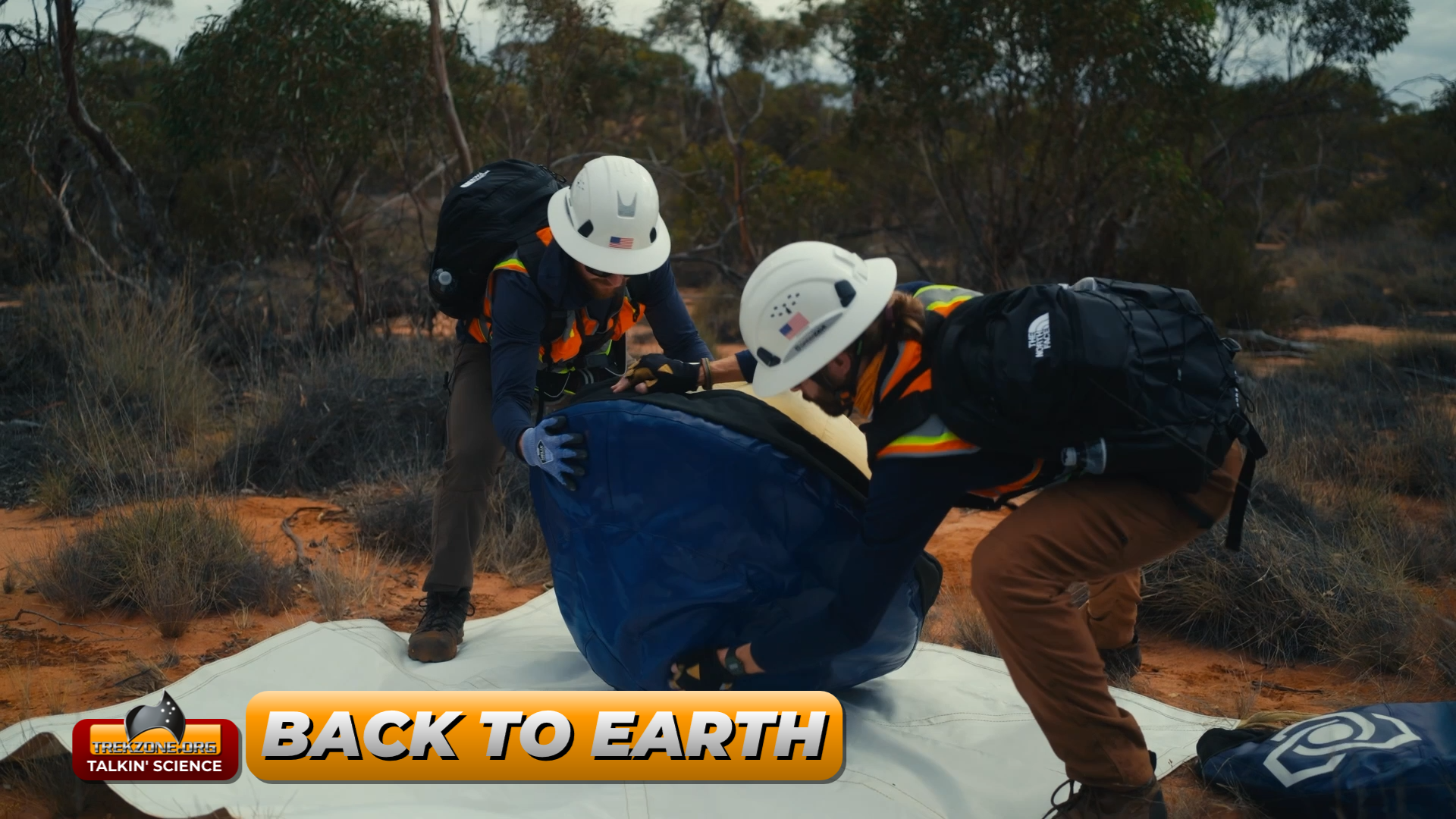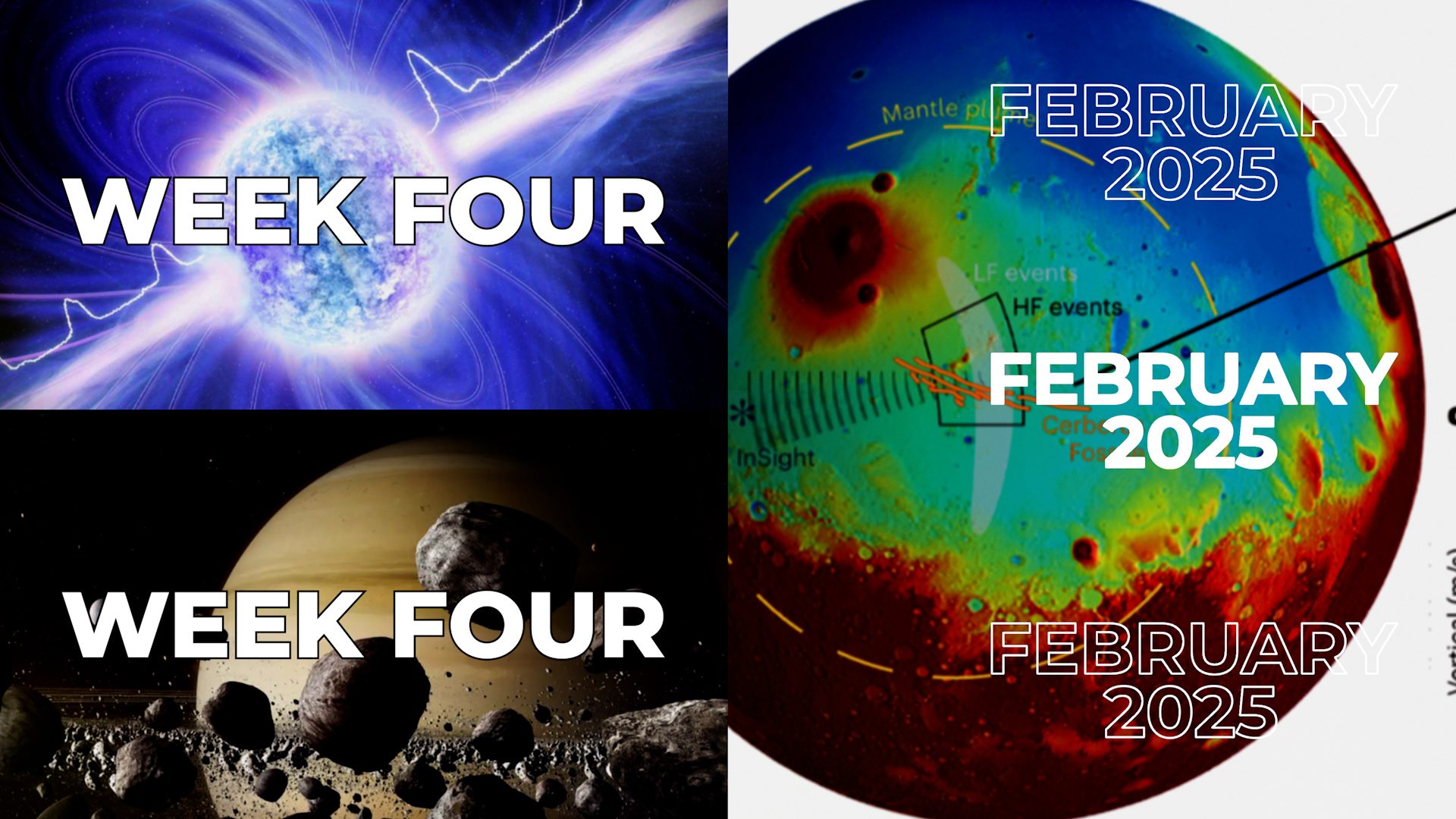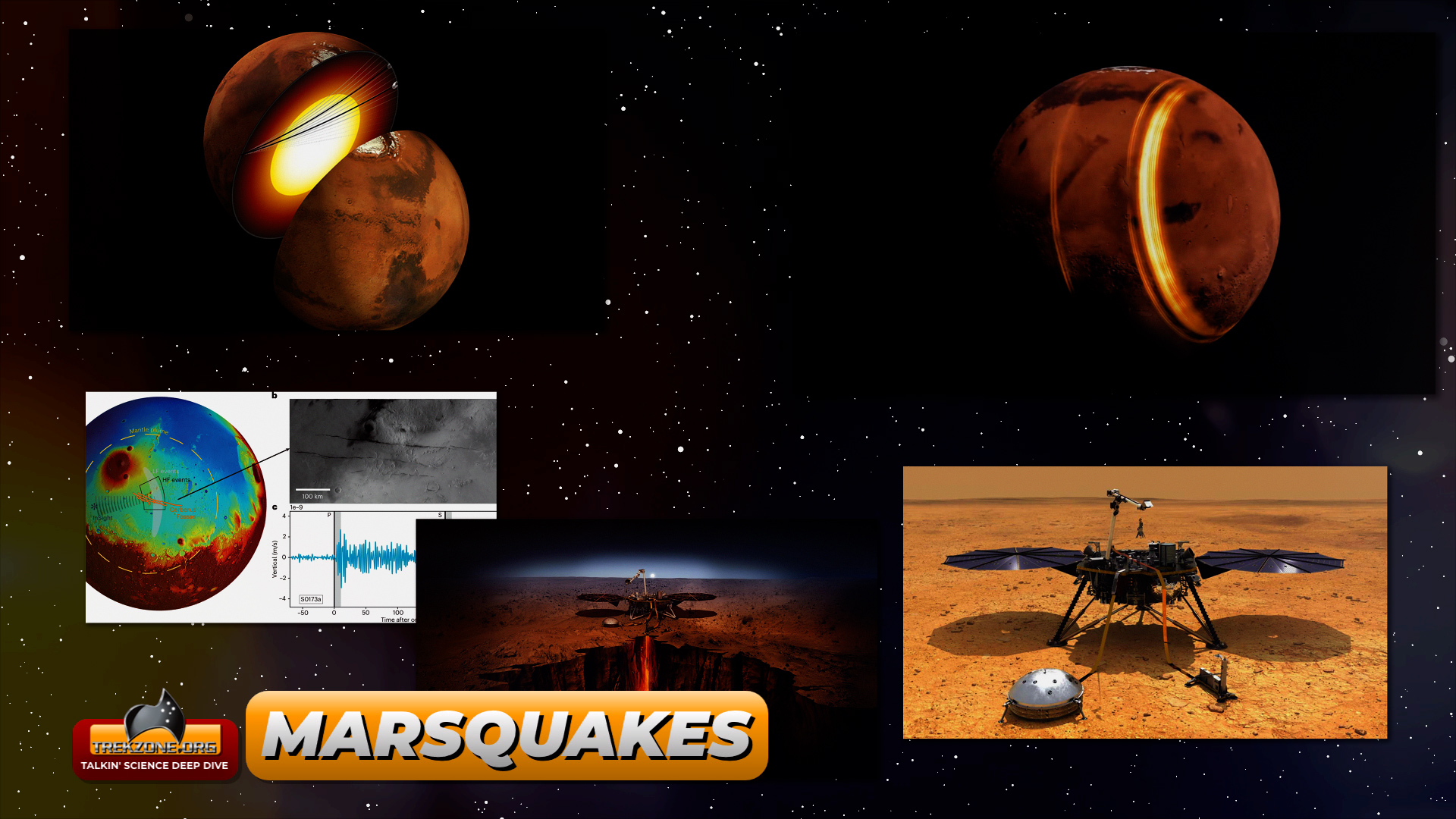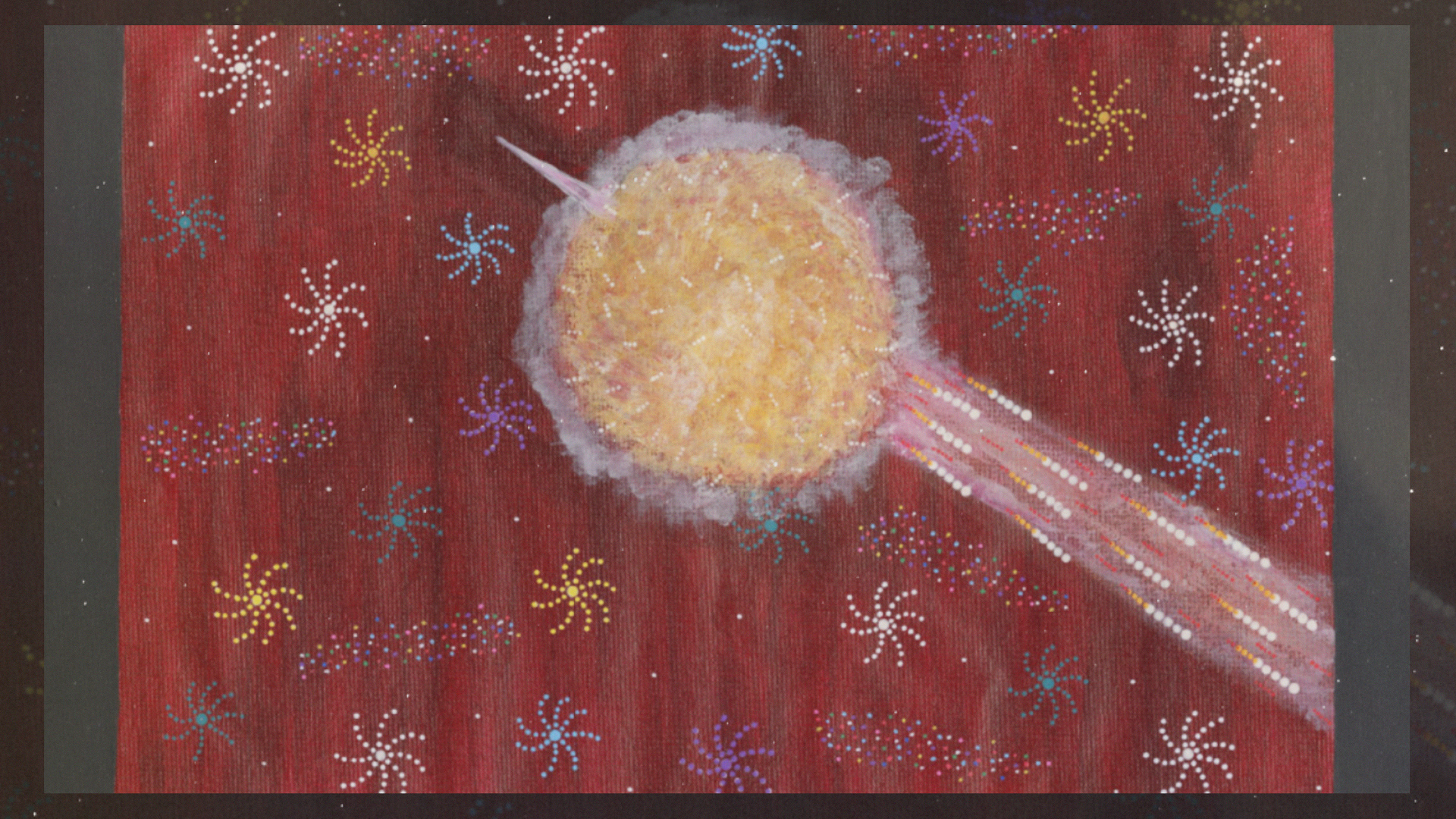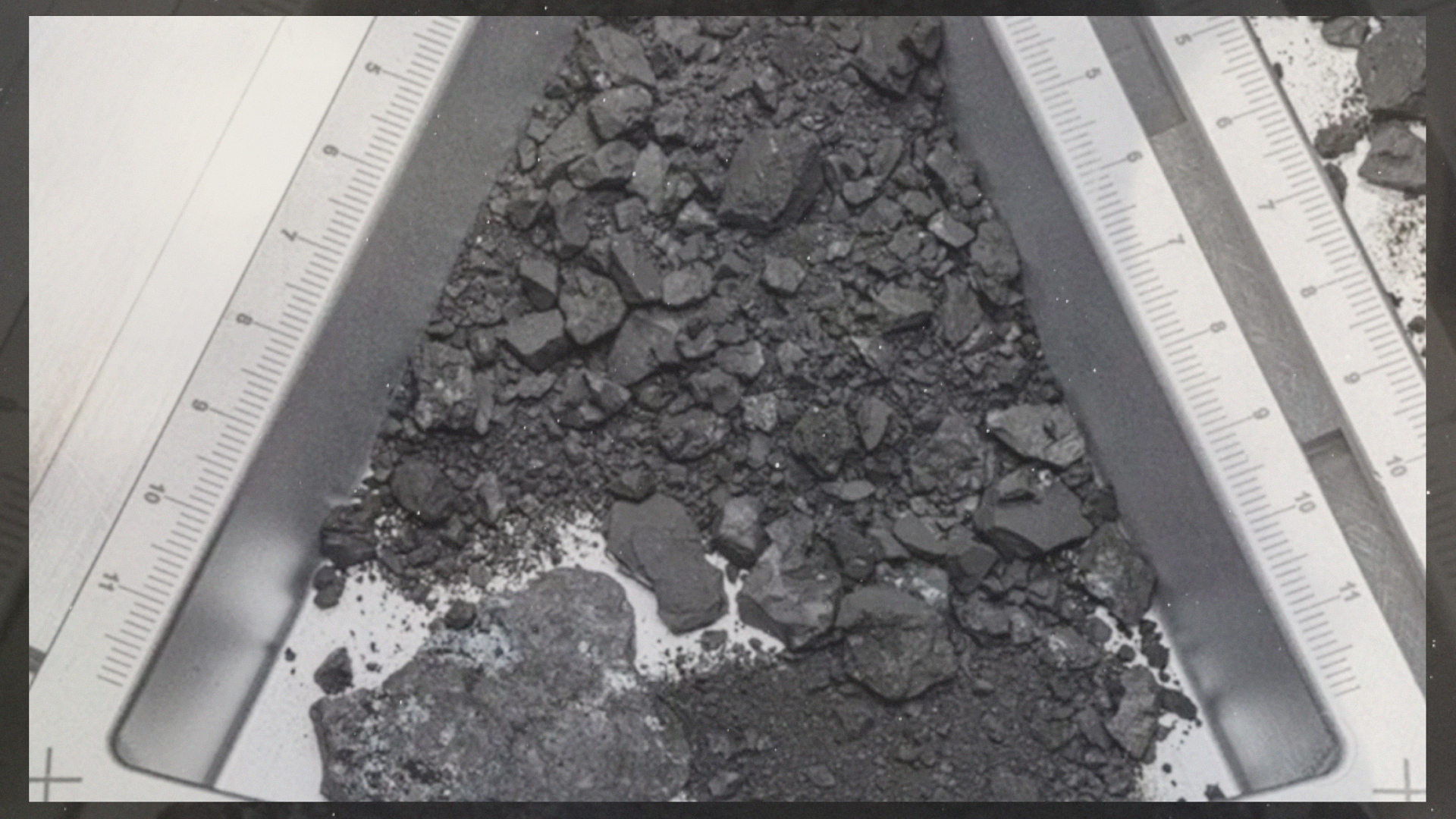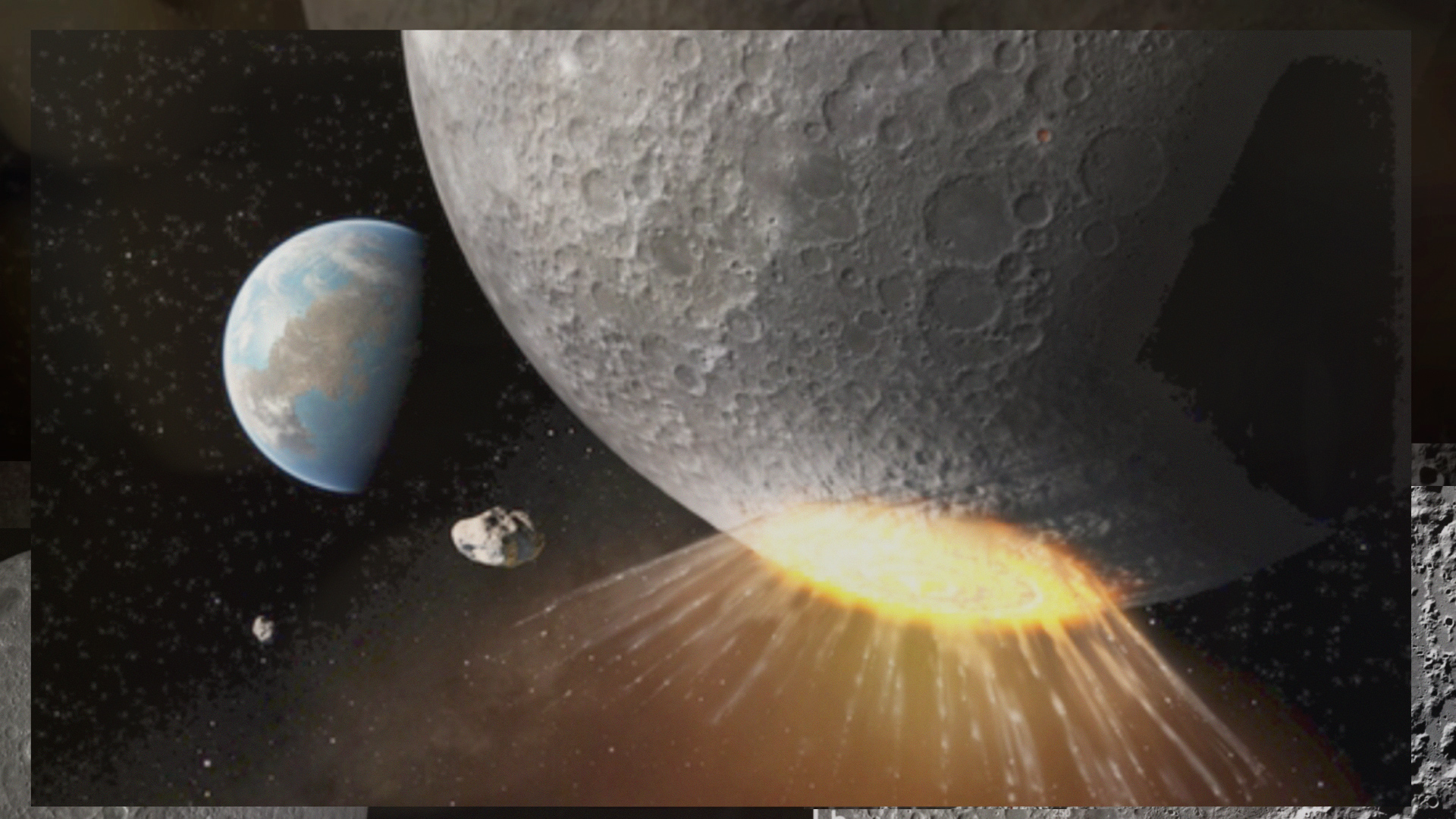NASA scientists have been using ground-based observatories to learn more about the water that flowed all over ancient Mars. The new theory suggests much of the northern hemisphere was covered in water, in some places as deep as 1.6 kilometers.
The European Southern Observatory’s Very Large Telescope in Chile, the W.M. Keck Observatory and NASA Infrared Telescope Facility in Hawaii have contributed to the research.
“Our study provides a solid estimate of how much water Mars once had, by determining how much water was lost to space.”
– Geronimo Villanueva, lead author of the new paper and scientist at NASA’s Goddard Space Flight Center.
The team were interested in the regions around the north and south pole because it’s believed that’s where the majority of the planets water is.
“With Mars losing that much water, the planet was very likely wet for a longer period of time than was previously thought, suggesting it might have been habitable for longer.”
– Michael Mumma, senior scientist at Goddard and the second author on the paper.
The volume of Ancient Mars’ early ocean must have been at least 20 million cubic kilometers. And judging by the contours of the surface of today’s Mars the most likely location for all this water would be the Northern Plains as it is quite low lying. An ancient ocean would’ve covered approximately 19% of the surface, compared with the Atlantic Ocean on Earth which covers only 17% of our planet.
Mars is the only planet in the solar system solely occupied by robots including Opportunity, Curiosity and Odyssey as well as the Mars Reconnaissance Orbiter spacecraft and also the MAVEN orbiter, which arrived in September 2014 to study the planet’s upper atmosphere. In 2016 InSight will launch to look deeper at the interior, NASA will join ESA in 2016 and 2018 for “ExoMars.” NASA assures us that manned spaceflight will be happening by 2030.

